
Coral Fungus (Ramaria leptoformosa) Oregon Photography
Crown coral mushrooms, in particular, have a distinctive appearance. The tip of its branches has many small tips surrounding a bowl-like depression (much like a crown), which makes this mushroom species easy to identify. Usually 4-13 cm (1.5-5 in) in height, these shrooms vary in color, ranging from whitish to a yellowish tint and even tan.
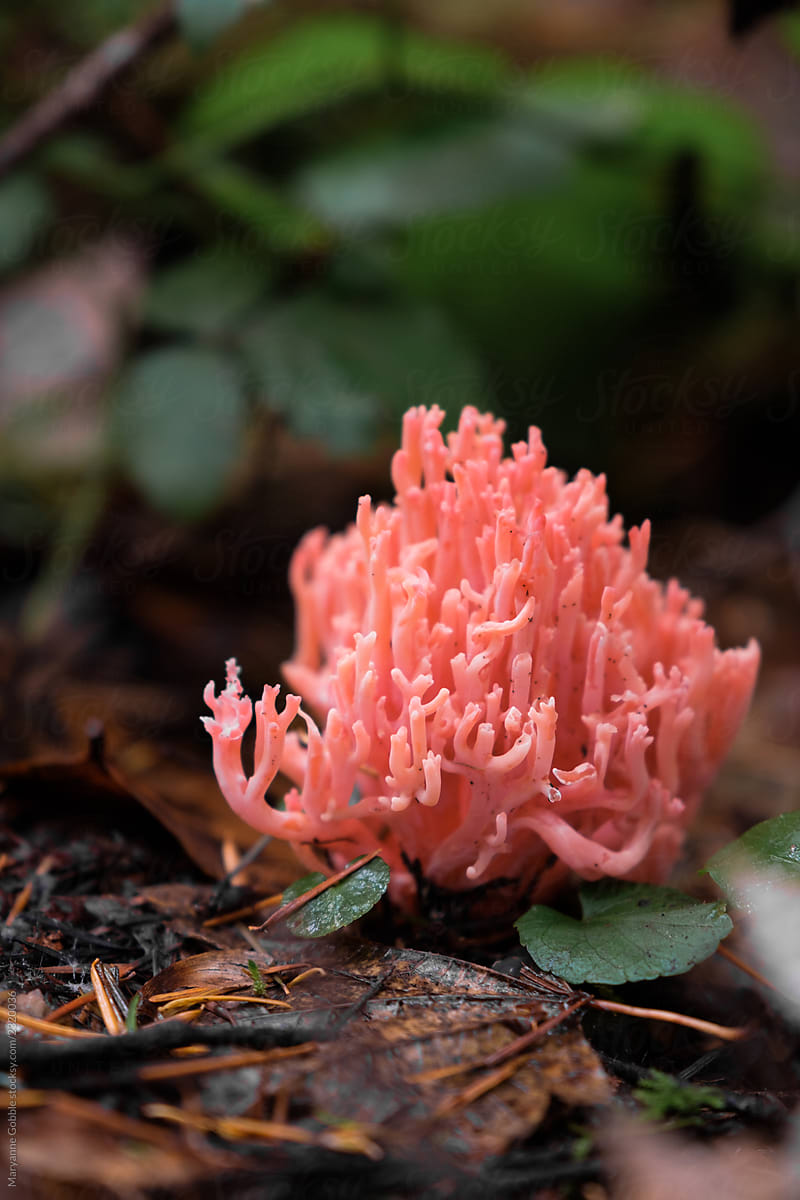
"Edible Coral Mushroom In Oregon Forest" by Stocksy Contributor
Coral Mushroom (Ramaria aurantiisiccescens) growing amidst thick ground cover of moss along McKenzie River trail. Willamette National Forest, Oregon West Cascades. Coral Fungus, Ramaria. Image Number: 101-1138-792s. Print Type. Choose an option Print Framed Print Canvas Metal. . Size. Choose an option 8" x 12" 10" x 15" 12" x 18" 14" x 20" 16.

Edible coral mushroom? Found in oregon conifer forest about 5000 feet
Coral mushrooms, otherwise known as Ramaria, are aptly named because they look similar to coral. Many species are edible but some may cause gastric upset for some people. Unfortunately the corals are often attacked by larvae, which can ruin a good meal quickly.. Central Oregon Mushroom Club. [email protected] Bend, OR 97702.

Coral fungus (Ramaria suecica) Oregon Photography
Common found in Oregon and Washington, the Pacific golden chanterelle is a type of edible mushroom that can be found in high elevation forests. It's only found in the Pacific Northwest and is closely related to the Cantharellus cibarius (golden chanterelle). Identification: These edible mushrooms have a soft yellowish-orange color.
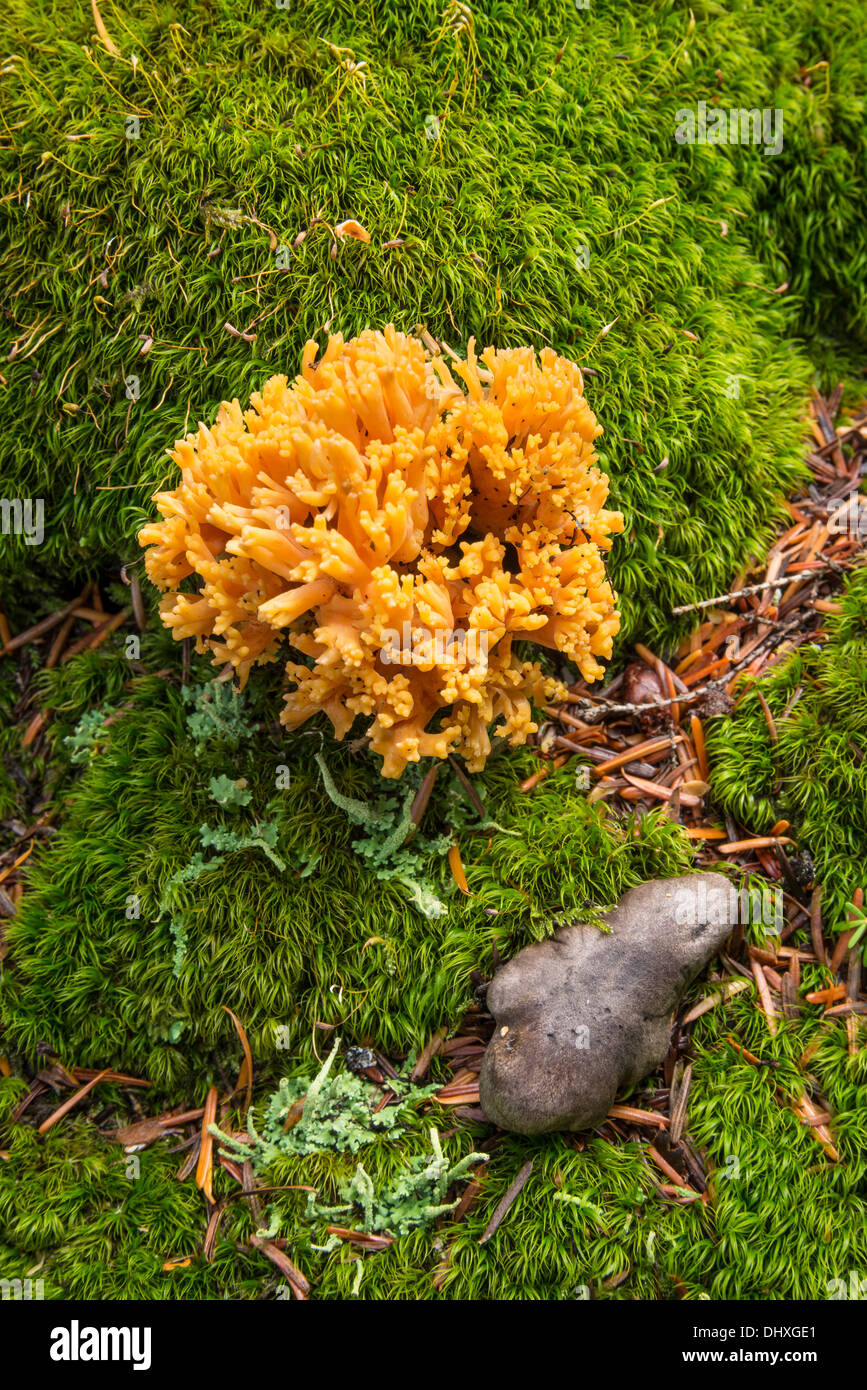
Bear'shead tooth fungus or coral mushroom along Diamond Creek Falls
Coral Mushrooms (Ramaria species and Artomyces Species) have been largely overlooked by the foraging community in the Western world, but they're commonly eaten in many countries. Many species have turned out to be not only edible but delicious. There are, however, still toxic species of coral mushrooms, so these mushrooms are not for beginners!
Found this coral mushroom yesterday while on my first foray! (Oregon
November 27, 2013 Rick Mushrooms of Oregon (Some are edible!) Fall in the Pacific Northwest brings three things; rain, leaves falling off trees, and mushrooms. These are pictures of mushrooms that I've found around Portland Oregon. Most were found in Mount Tabor City Park, while the rest are near Munson Falls just south of Tillamook Oregon.

Coral Mushrooms (Ramaria, Clavariaceae) in the Oregon wood… Flickr
52 Coral Mushroom Identification With Pictures Coral Fungi Xylaria polymorpha: The Ultimate Mushroom Guide Xylaria longipes: The Ultimate Mushroom Guide Xylaria hypoxylon: The Ultimate Mushroom Guide Xylaria carpophila: The Ultimate Mushroom Guide Typhula juncea: The Ultimate Mushroom Guide Trichoglossum walteri: The Ultimate Mushroom Guide
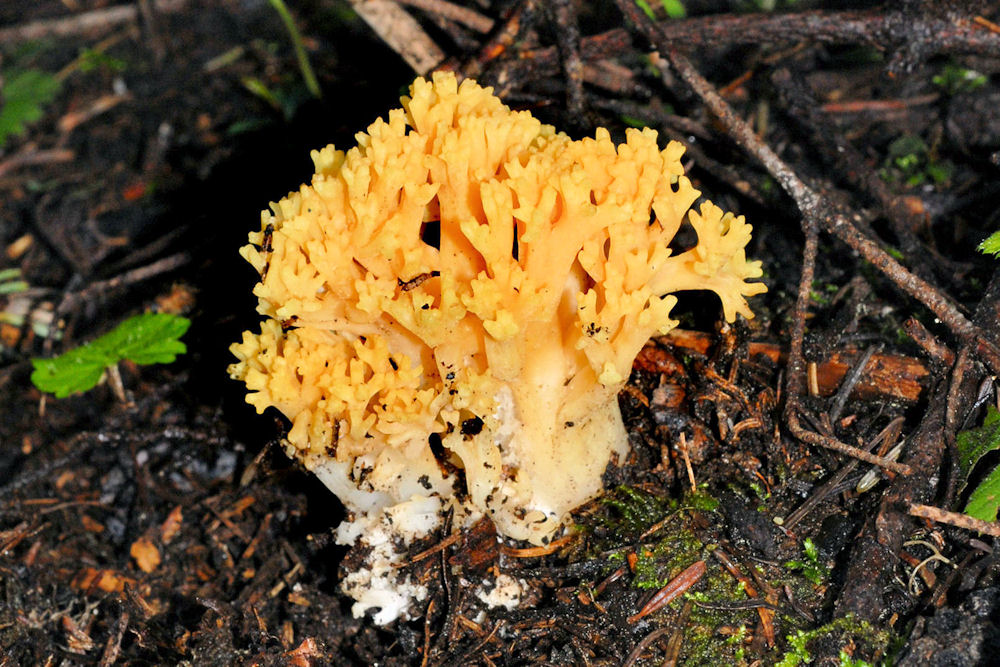
Cauliflower Mushroom Wildflowers Found in Oregon
True coral mushrooms are the most common type of coral mushroom and include species such as Clavulina coralloides, Ramaria botrytis, and Clavicorona pyxidata. These mushrooms have a distinctively branched shape with multiple branches radiating out from a single base.

Coral Fungus (Ramaria araiospora var. rubella) Oregon Photography
Scientific Name: Boletus edulis. Average size: 10 to 30 cm in diameter. Color: light red or brown. Can be found: beneath trees, notably beech and birch. Edible: Yes. King bolete is one of the most common wild mushrooms in the state. These boletes are large mushrooms that can weigh up to 2 pounds when fully mature.
Edible coral mushroom? Found in oregon conifer forest about 5000 feet
Coral Ramaria sometimes fruit in huge numbers, especially in the spring Ramaria botrytis is not that common, but is distinctive. The cauliflower- like white stem and stubby branches with pink tips make it easier to identify than other large Ramarias. Be sure to cut it open longwise to see if the worms have been there first.

Coral mushroom? Edible? Southern Oregon r/mycology
Founded 1956 Since 1956, the Willamette Valley Mushroom Society in Salem, Oregon, has brought together wild mushroom enthusiasts to explore, discover, and learn about the amazing variety of wild mushrooms in Western Oregon. We welcome your interest in our activities and we invite you to join us!
Red Coral Mushroom (Oregon Coast) r/mycology
Clavariaceae: The Coral Mushroom Family Just like the name suggests, the coral mushrooms typically look like coral, although some might be better described as club-shaped or finger-like. Some are edible and some are not. This first picture was taken near the Oregon coast.
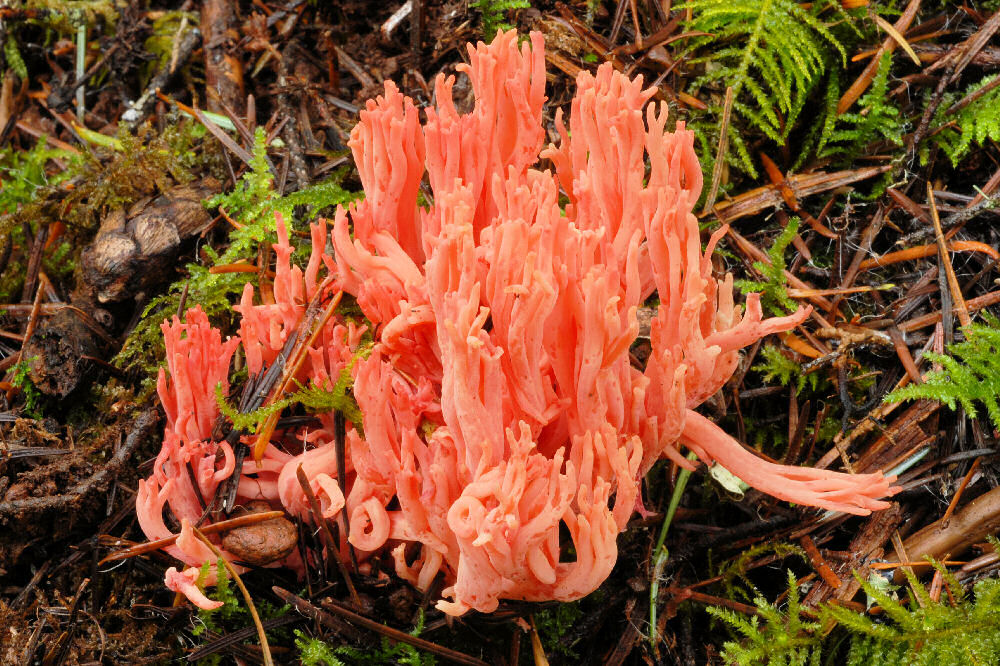
Light Red Coral Mushroom Wildflowers Found in Oregon
Hericium and lions mane mushrooms are a beautiful, edible mushrooms that can resemble bunches of coral or furry pom pom balls. They're relatively common, easy to identify, harvest and cook. I'll describe where and when to find them, how to tell which one you have, and how to cook them.
Coral Mushroom (Oregon Coast) r/mycology
October 16, 2023 Jennifer Kepler Originally from South Florida, Jennifer Kepler has called the Pacific… Discover the Pacific Northwest's hidden treasures: a rich variety of edible mushrooms. Learn where, when, and how to find these culinary delights amidst the region's iconic misty landscapes.

Coral Mushroom (Ramaria aurantiisiccescens) Oregon Photography
The mushrooms I have lumped together as "clubs and corals" are related only in their general appearance, and not in any taxonomic or scientific sense. In fact some of them are radically different, from a mycological standpoint, belonging to entirely different phyla. Identifying these mushrooms ranges from relatively easy to profoundly difficult.

Photo of Ramaria Coral Fungus by Photo Stock Source plant, Walton
Coral mushrooms, also known as crown-tipped coral, are one of the most visually exotic wild mushrooms around. They're in season from June to September and are only available as a foraged fungi. You can sometimes buy them in specialty grocery stores, but they are more commonly found at farmer's markets.